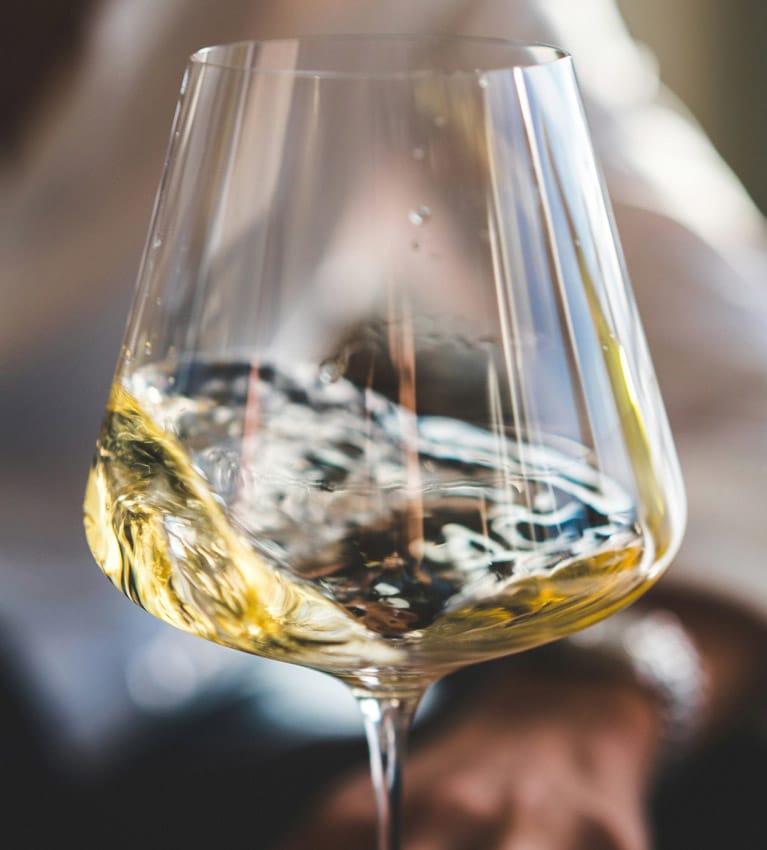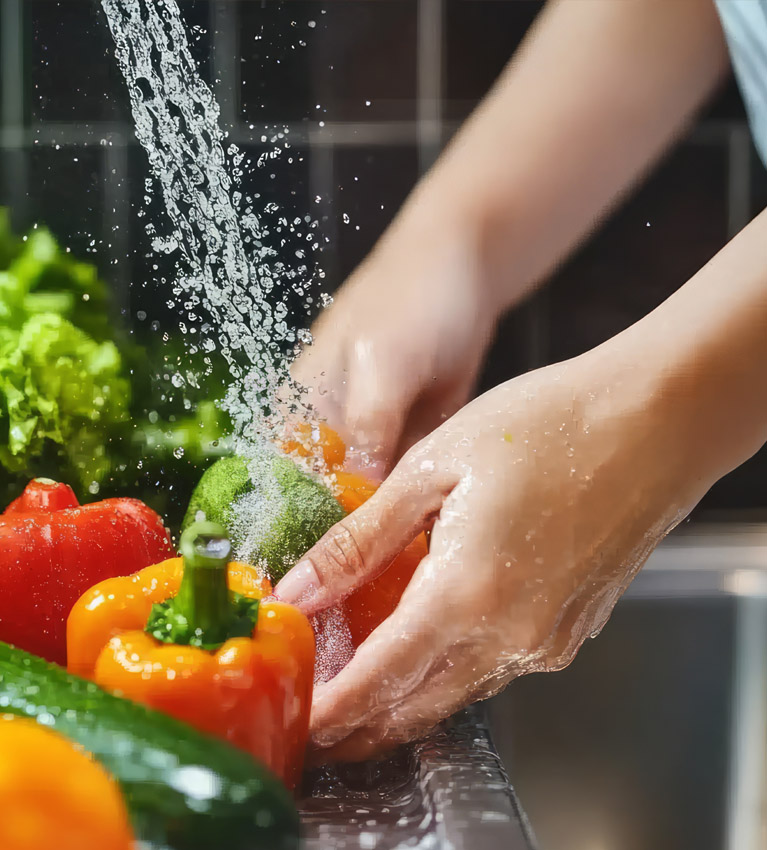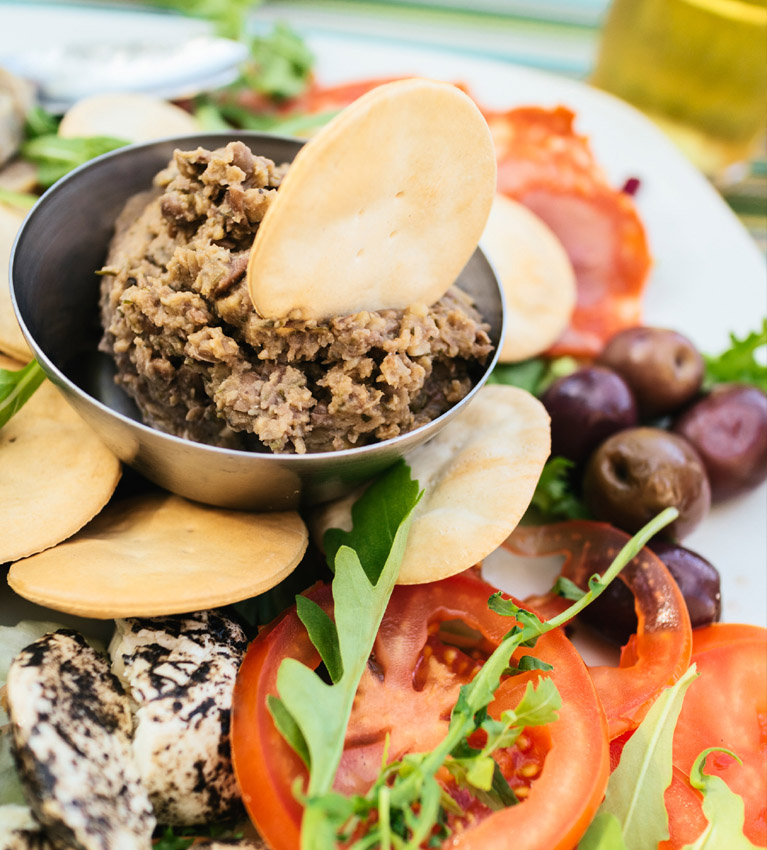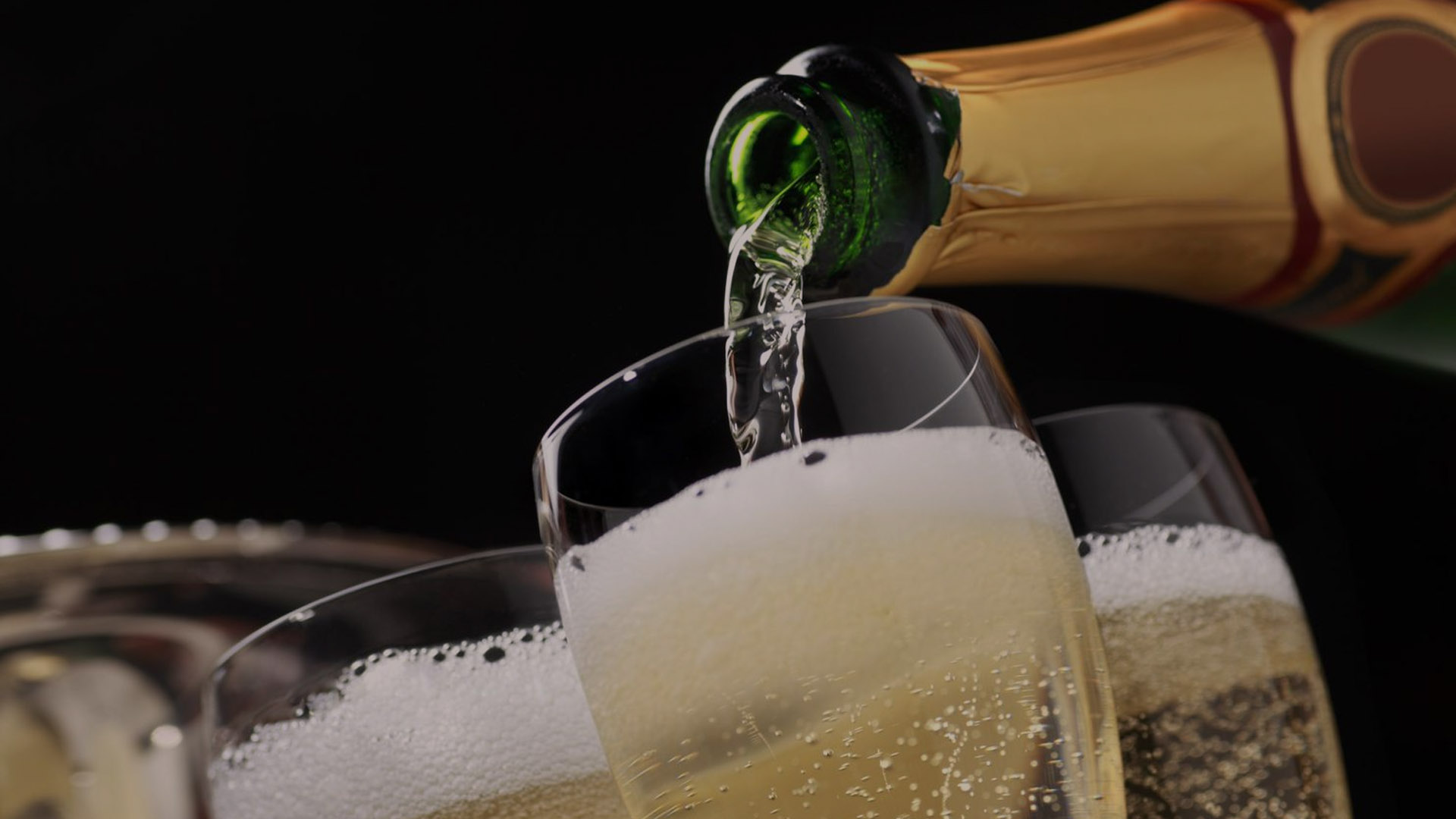
What is Champagne ?

Christmas is (Another) Time for Giving … Wine
December 21, 2023
A Look at the Future – What’s Next in 2024 & Beyond
January 4, 2024Numerous sparkling wines exist, yet only those originating from the specific northeastern region of France, Champagne, can rightfully be called Champagne due to stringent geographic and production standards.
The Champagne vineyards are divided into four main regions: Montagne de Reims in the north yield’s robust pinot noir, the Vallée de la Marne produces fruity rosé champagnes from Pinot Meunier, while Côte des Blancs boasts elegant chardonnay, and the southern Côte des Bar delivers a lighter pinot noir due to its continental climate.
All genuine Champagnes must spend at least 15 months maturing in the winemaker’s cellars before release. Vintage cuvées are matured for at least three years. In practice, this statutory timeframe – already significant compared to other sparkling wines – is nearly always longer in Champagne: 2-3 years for non-vintage wines and 4-10 years for vintage Champagne.
Champagne primarily blends three grape varieties - Pinot Noir, Chardonnay, and Meunier in varying proportions to achieve desired results. Each grape contributes distinct characteristics to the final blend:
* Pinot Noir, with its black skin and white juice, enriches the Champagne with body, structure, complex flavours, and aroma. When exclusively made from Pinot Noir, it's termed Blanc de Noirs.
* Chardonnay, a white skin/white juice grape, imparts freshness, elegance, and finesse to the Champagne. Bottles made solely from Chardonnay are known as Blanc de Blanc
* Meunier, another black skin/white juice grape, adds fruitiness to the blend. Champagnes exclusively composed of Meunier are also labelled as Blanc de Noirs.
Champagne’s dryness and high acidity are balanced by a light body and fine bubbles. Most Champagnes have citrus and green fruit aromas with subtle yeast and nutty hints. Champagne often exhibits different aromas and flavours, according to the sugar’s dosage - meaning its sweetness level.
Dosage is the last step before final corking. This is the addition of a small quantity of ‘liqueur de dosage’ to the wine – also known as the ‘liqueur d’expédition’.
The quantity added varies according to the style of Champagne:
"Brut nature", "pas dosé" or "dosage zéro" contains zero dosage and less than 3 grams sugar per litre.
*Blanc de Blancs Champagne: Usually a much lighter style, this “white from white” Champagne is a white wine made from white chardonnay grapes.
* Blanc de Noir Champagne: Literally translated as “white from black,” this variety of white wine is made from black pinot noir or Pinot Meunier grapes.
* Rosé Champagne: Champagne Rosé is produced in two ways: by blending different wines, or by bleeding red grapes into the champagne. Both methods produce a beautiful drink with deep colours.
Vintage Champagnes, less common in production, derive solely from grape juice harvested in a single year, indicated by that specific year on the label.
How is Champagne made?
Champagne is a sparkling wine that is made in the Champagne region of France using the traditional method (méthode traditionnelle). This method involves a two-step fermentation process, the grape juice is fermented into alcohol and then bottled to turn into a magic sparkling wine. The labour-intensive process whereby wine undergoes a secondary fermentation inside the bottle, creating the bubbles.What is lees ageing?
After the second fermentation stage, the bottles are taken down to the cellars where, undisturbed and protected from the light, they will embark on a long period of maturation. This is what is known as maturation on lees. The lees consist of yeasts that have multiplied in the bottle.All genuine Champagnes must spend at least 15 months maturing in the winemaker’s cellars before release. Vintage cuvées are matured for at least three years. In practice, this statutory timeframe – already significant compared to other sparkling wines – is nearly always longer in Champagne: 2-3 years for non-vintage wines and 4-10 years for vintage Champagne.
What grapes are used to make Champagne?
Champagne primarily blends three grape varieties - Pinot Noir, Chardonnay, and Meunier in varying proportions to achieve desired results. Each grape contributes distinct characteristics to the final blend:
* Pinot Noir, with its black skin and white juice, enriches the Champagne with body, structure, complex flavours, and aroma. When exclusively made from Pinot Noir, it's termed Blanc de Noirs.
* Chardonnay, a white skin/white juice grape, imparts freshness, elegance, and finesse to the Champagne. Bottles made solely from Chardonnay are known as Blanc de Blanc
* Meunier, another black skin/white juice grape, adds fruitiness to the blend. Champagnes exclusively composed of Meunier are also labelled as Blanc de Noirs.
How do I recognize if a Champagne is dry or sweet?
Champagne’s dryness and high acidity are balanced by a light body and fine bubbles. Most Champagnes have citrus and green fruit aromas with subtle yeast and nutty hints. Champagne often exhibits different aromas and flavours, according to the sugar’s dosage - meaning its sweetness level.
Dosage is the last step before final corking. This is the addition of a small quantity of ‘liqueur de dosage’ to the wine – also known as the ‘liqueur d’expédition’.
The quantity added varies according to the style of Champagne:
| Champagne Style | Dosage |
|---|---|
| Doux | more than 50 grams of sugar per litre |
| Demi-Sec | 32-50 grams of sugar per litre |
| Sec | 17-32 grams of sugar per litre |
| Extra Dry | 12-17 grams of sugar per litre |
| Brut | less than 12 grams of sugar per litre |
| Extra Brut | 0-6 grams of sugar per litre |
"Brut nature", "pas dosé" or "dosage zéro" contains zero dosage and less than 3 grams sugar per litre.
What are the different styles of Champagne?
When choosing Champagne, it's important to understand that as well as varying sweetness, there are also different styles of wine. Champagne styles can be classified under various categories, including:*Blanc de Blancs Champagne: Usually a much lighter style, this “white from white” Champagne is a white wine made from white chardonnay grapes.
* Blanc de Noir Champagne: Literally translated as “white from black,” this variety of white wine is made from black pinot noir or Pinot Meunier grapes.
* Rosé Champagne: Champagne Rosé is produced in two ways: by blending different wines, or by bleeding red grapes into the champagne. Both methods produce a beautiful drink with deep colours.
What is the difference between Non-Vintage and Vintage Champagne?
Non-Vintage Champagnes represent over 90% of Champagne production. They're crafted from a blend of grape juices harvested across multiple years. Winemakers store these blends (reserves) to consistently create their signature Champagne, ensuring continuity and safeguarding against poor grape quality or yield in specific years.Vintage Champagnes, less common in production, derive solely from grape juice harvested in a single year, indicated by that specific year on the label.
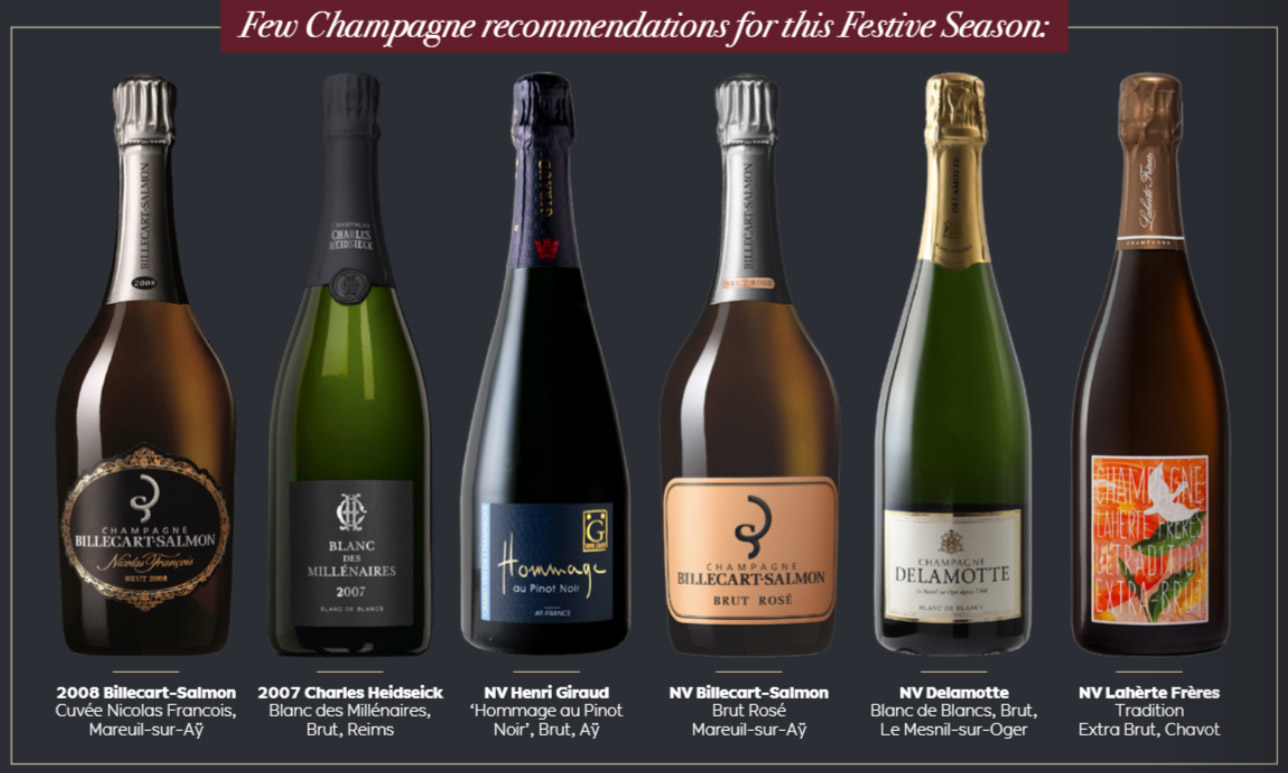

Fabien Etienne
Fabien Etienne is the founder of Somm Escape Ltd, and is a professional sommelier and wine consultant based in Malta. He holds the esteemed 3rd level of the Court of Master Sommeliers and has been honoured with the ASI Gold Medal. He organises wine training, private master class as well as other bespoke wine services.
Social Media links: Facebook | Instagram
Click here to see Horeca Issue 14 online

